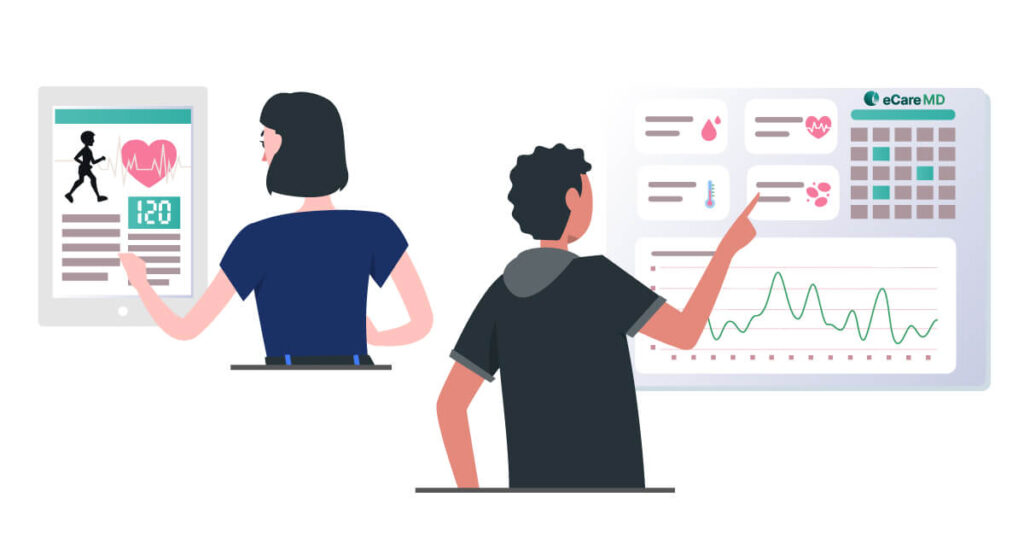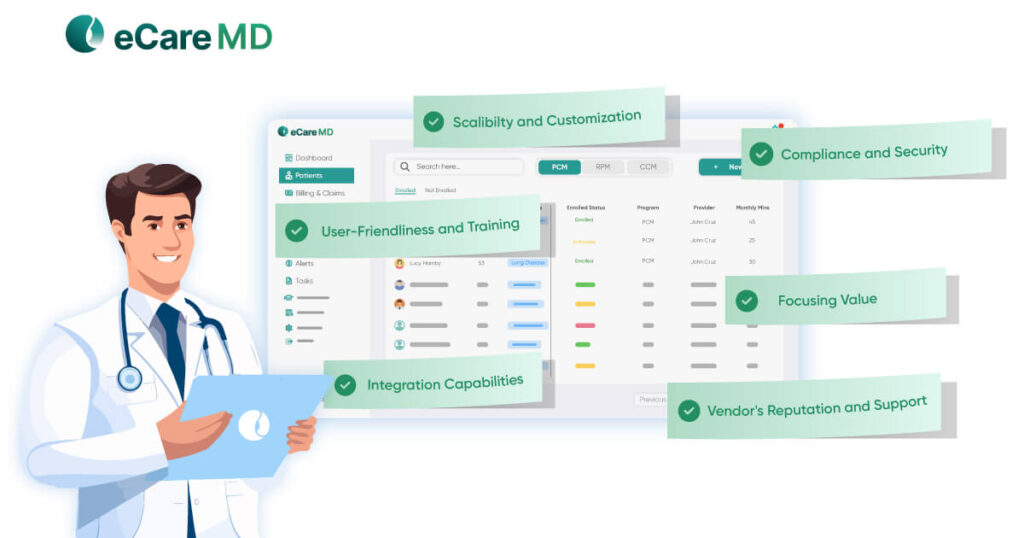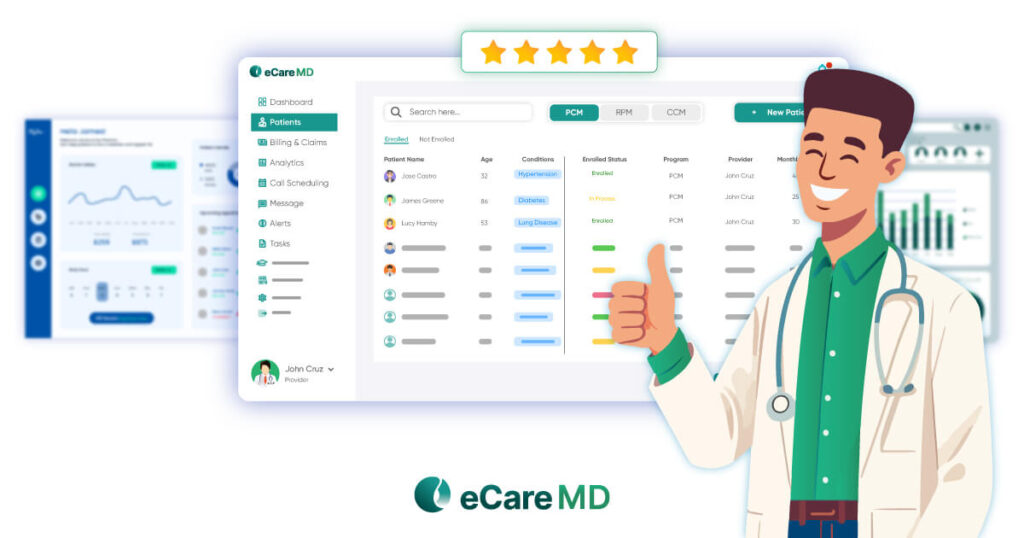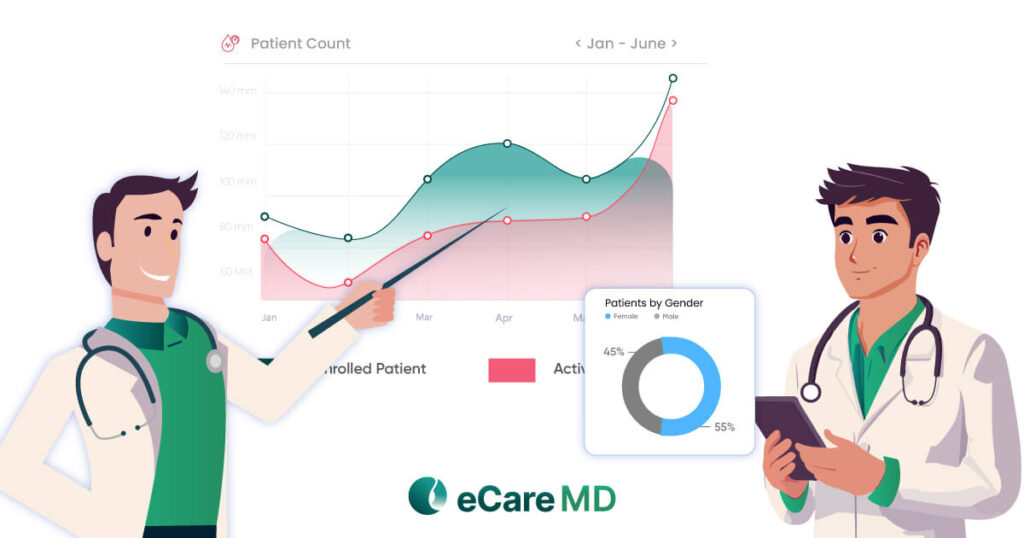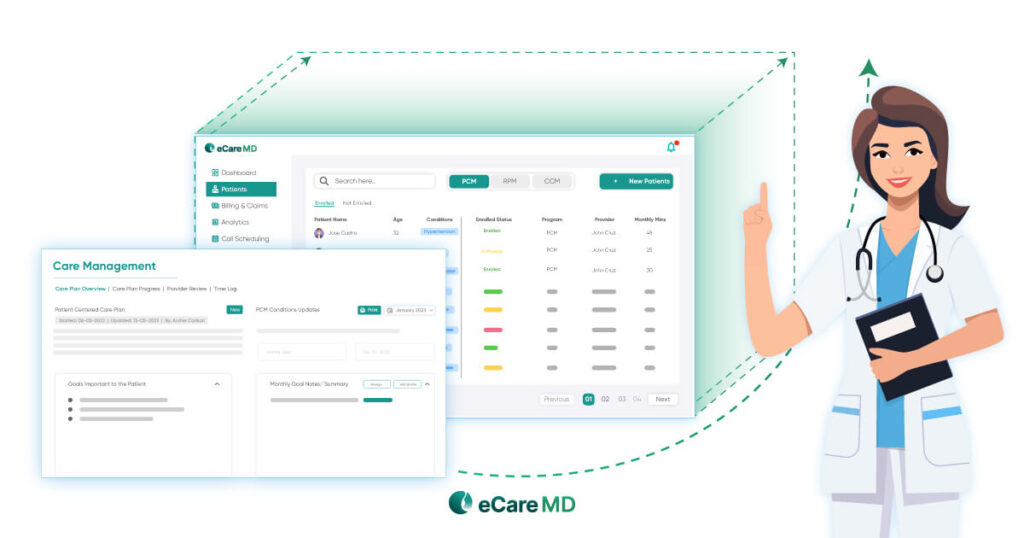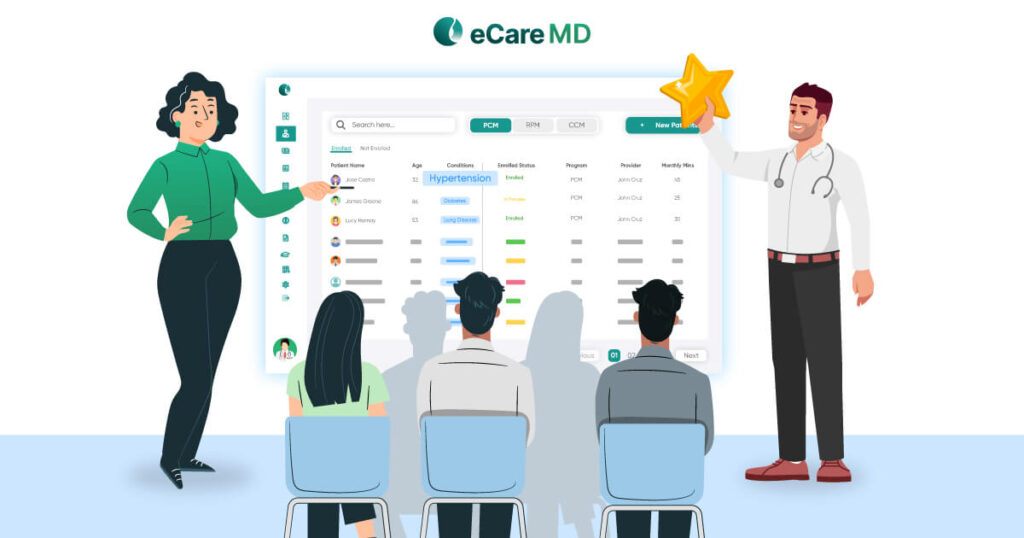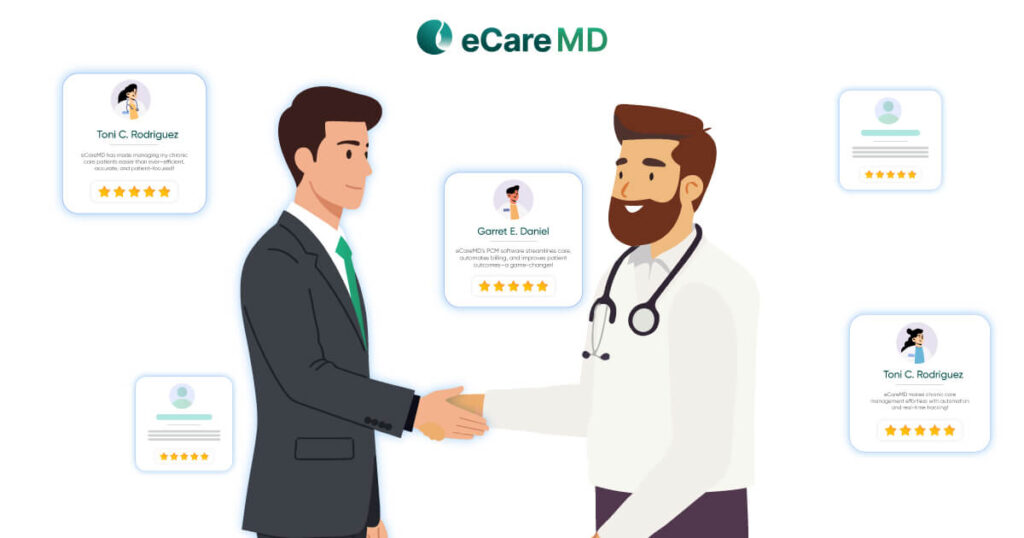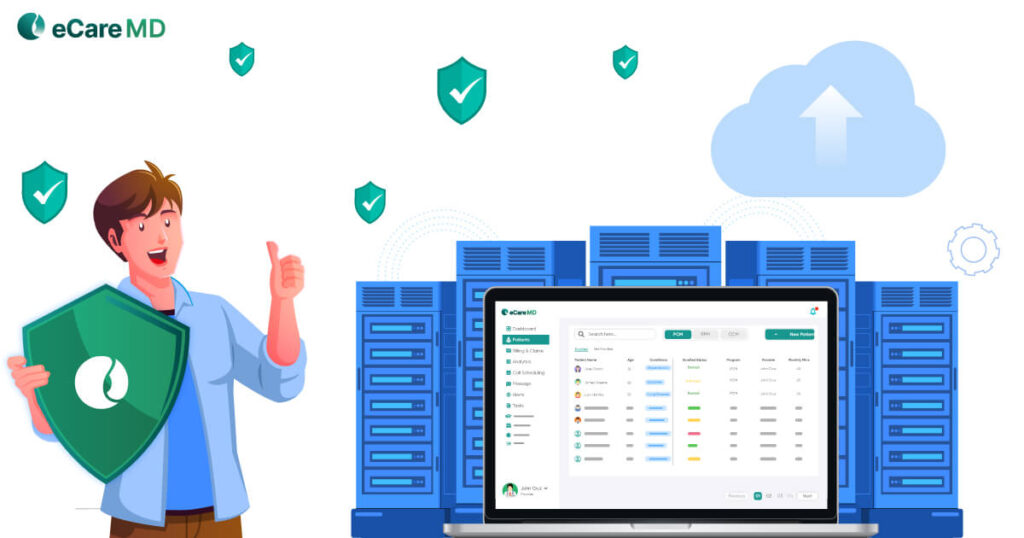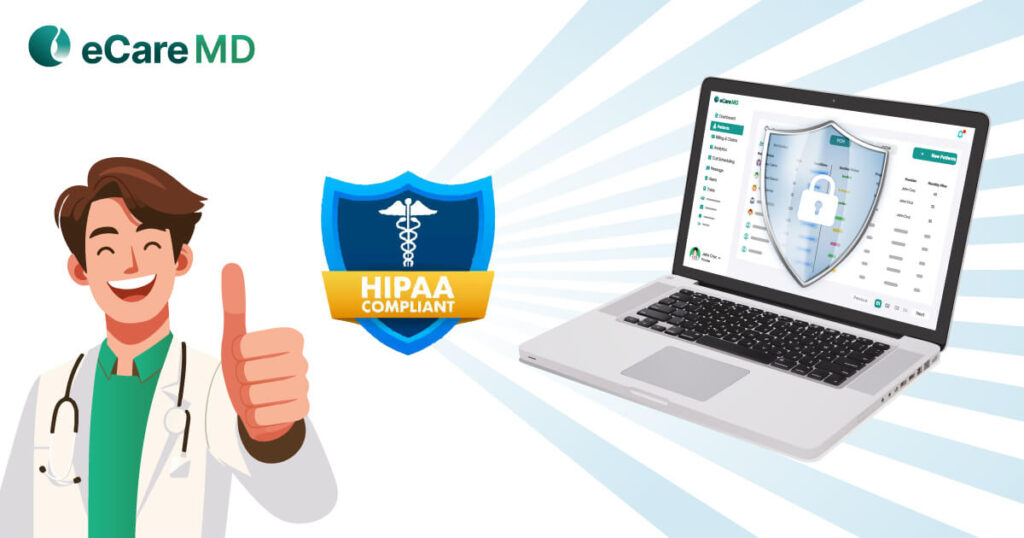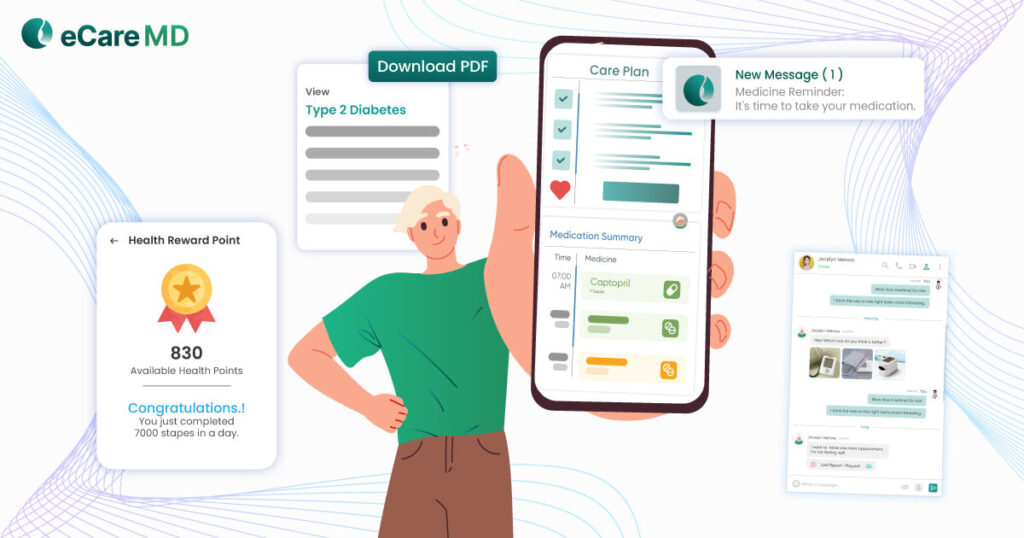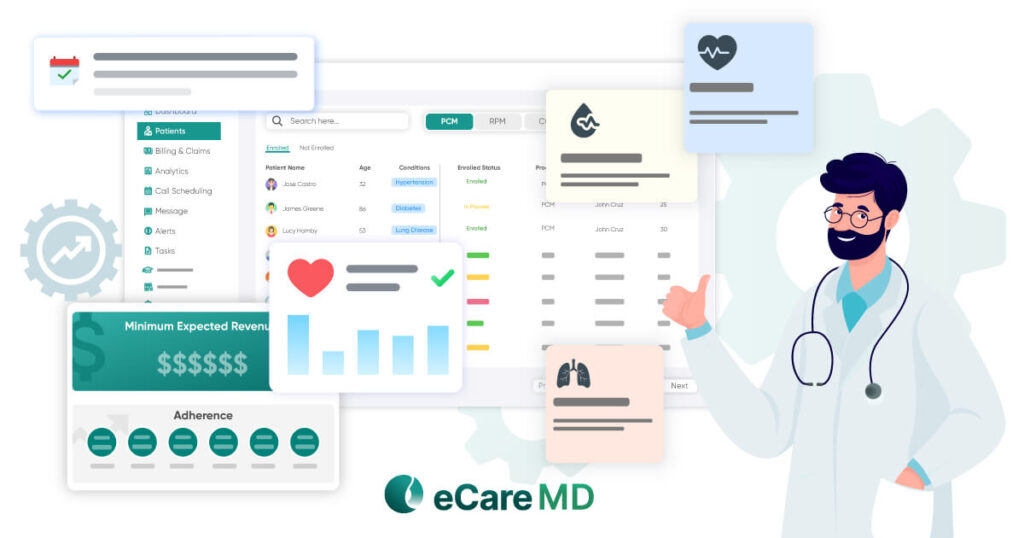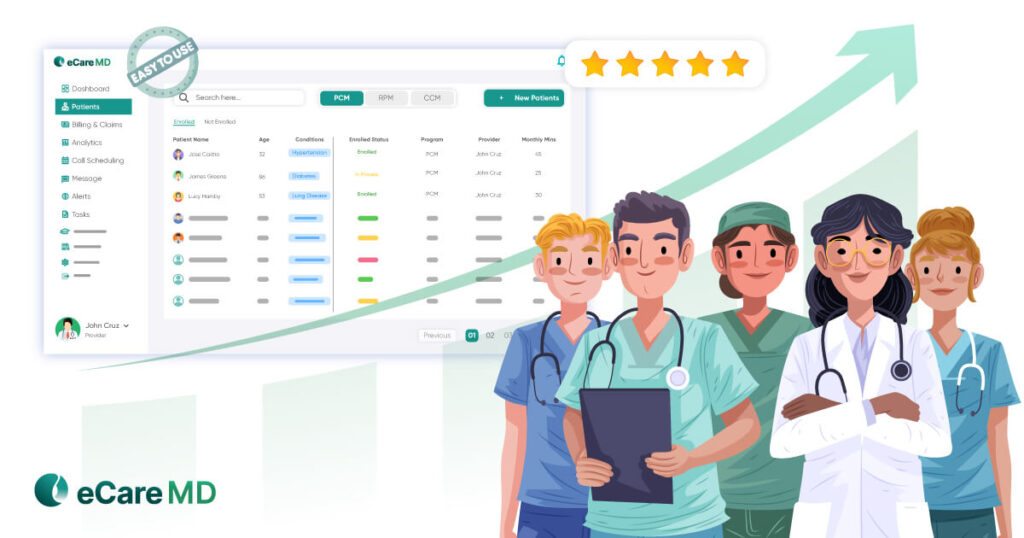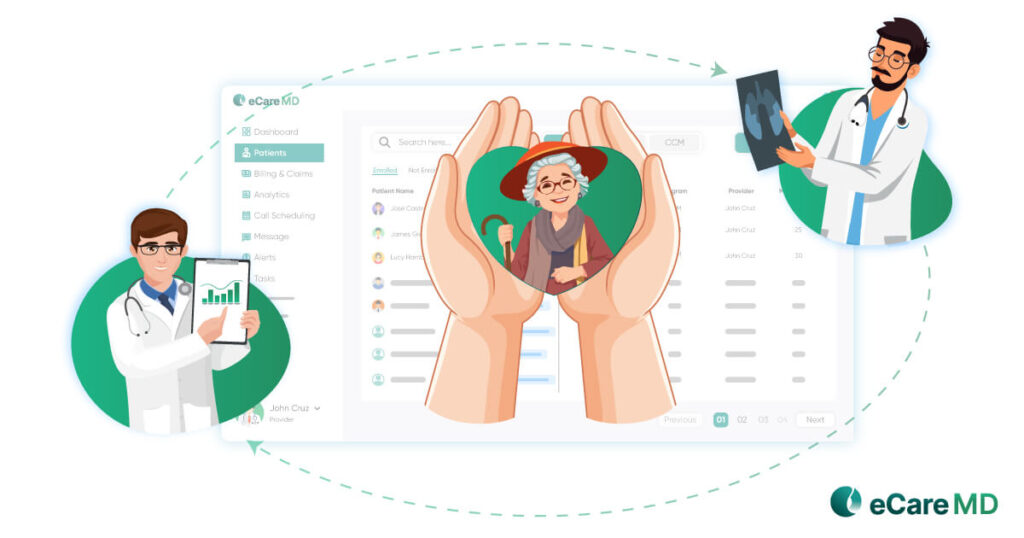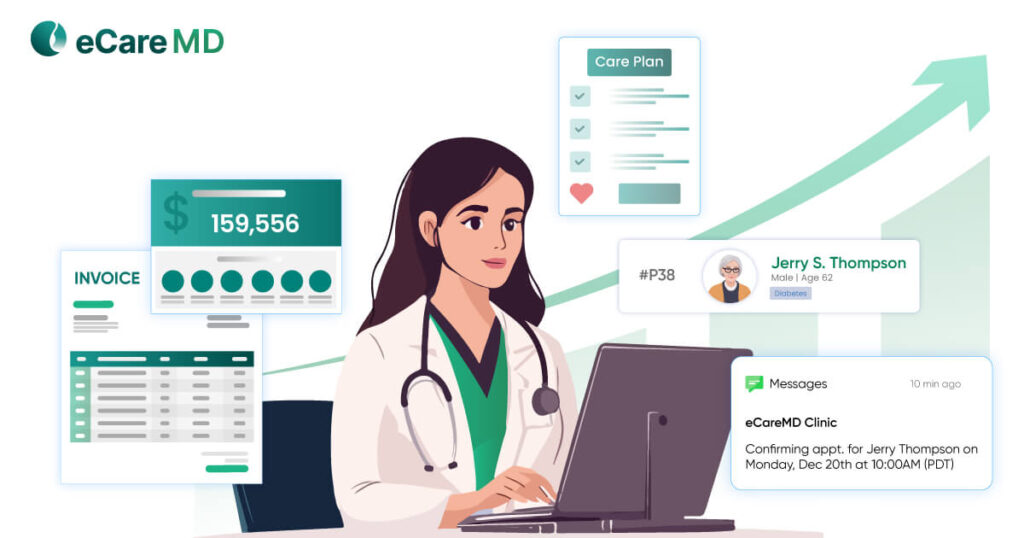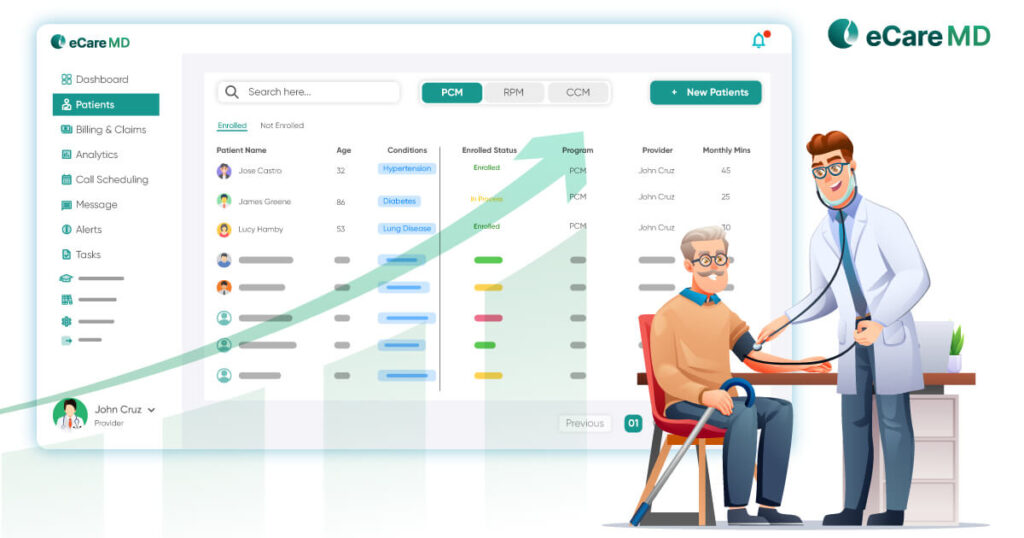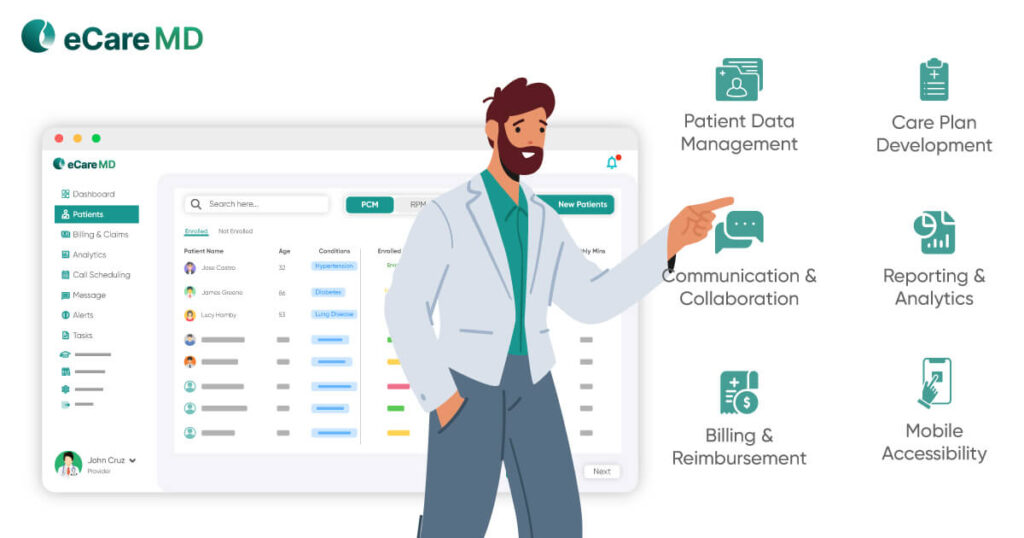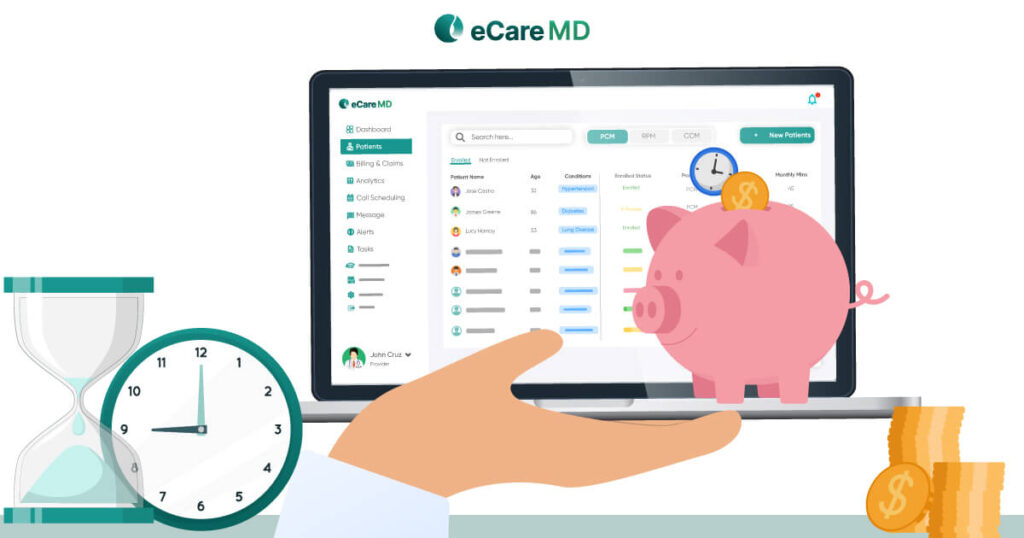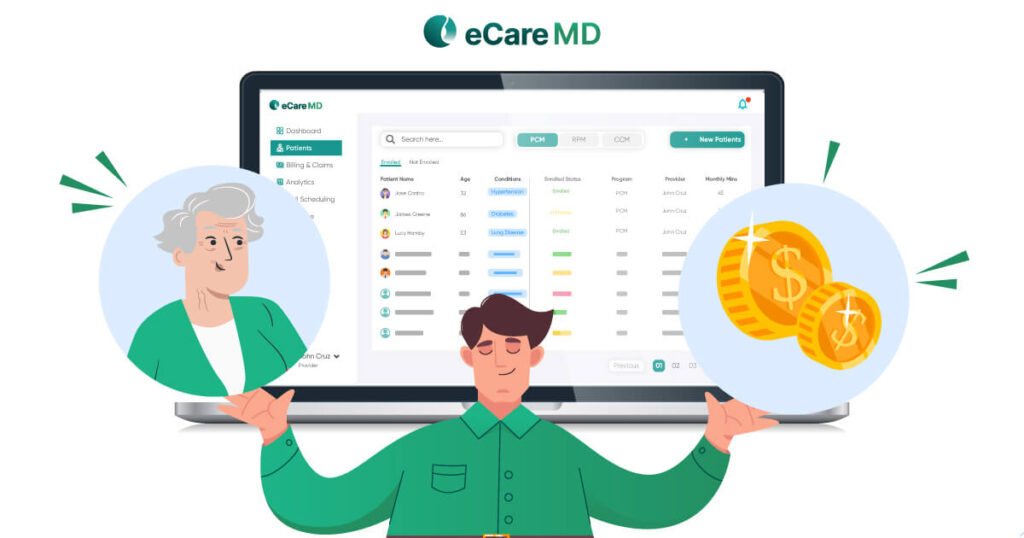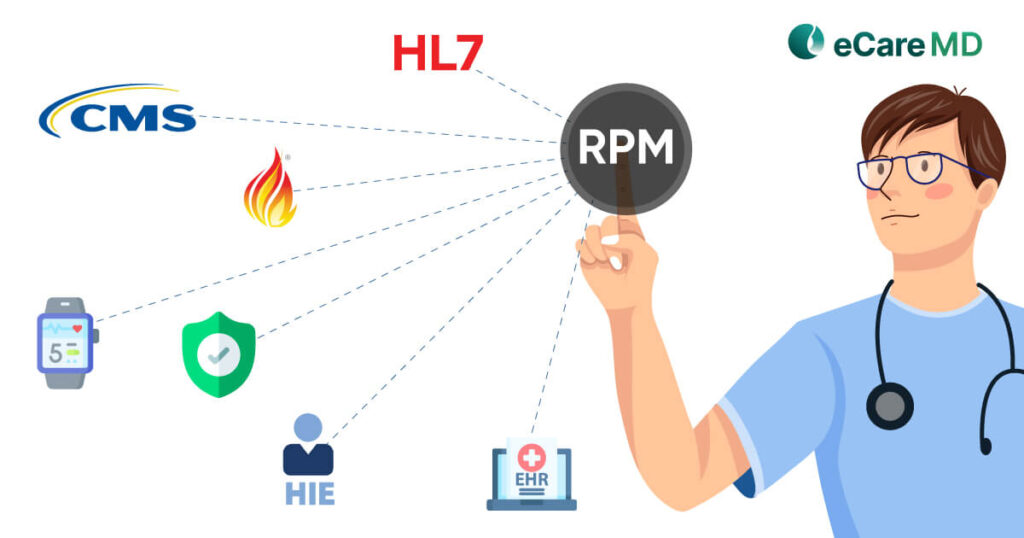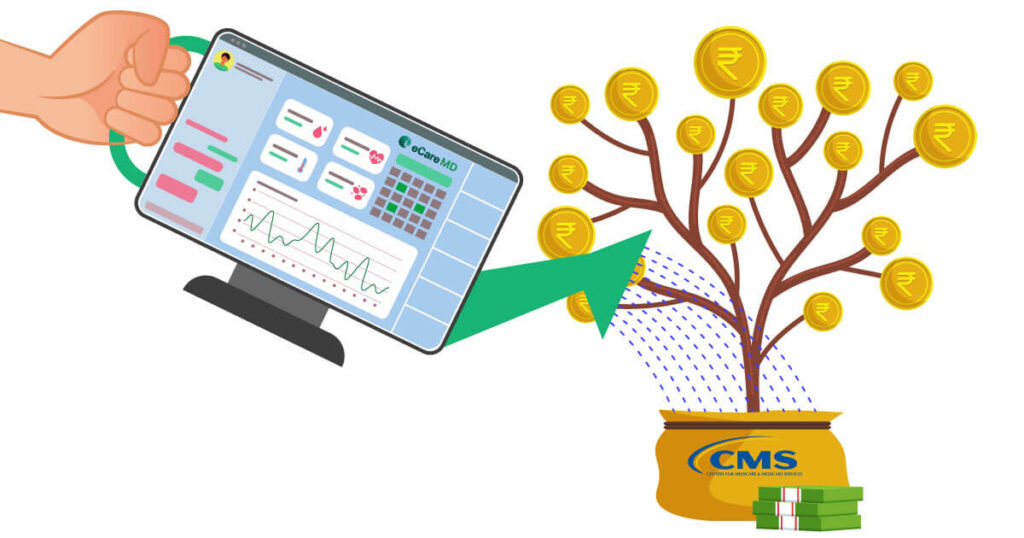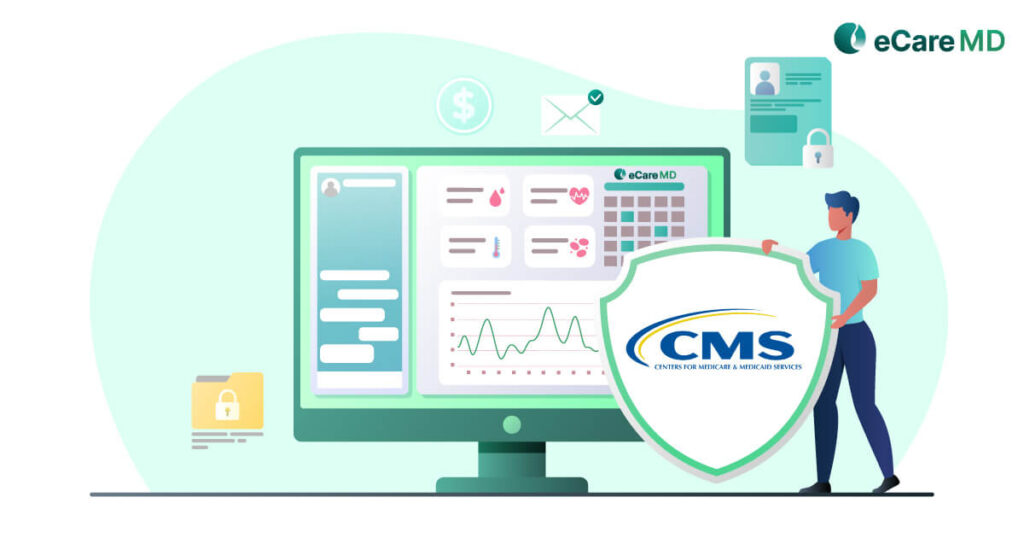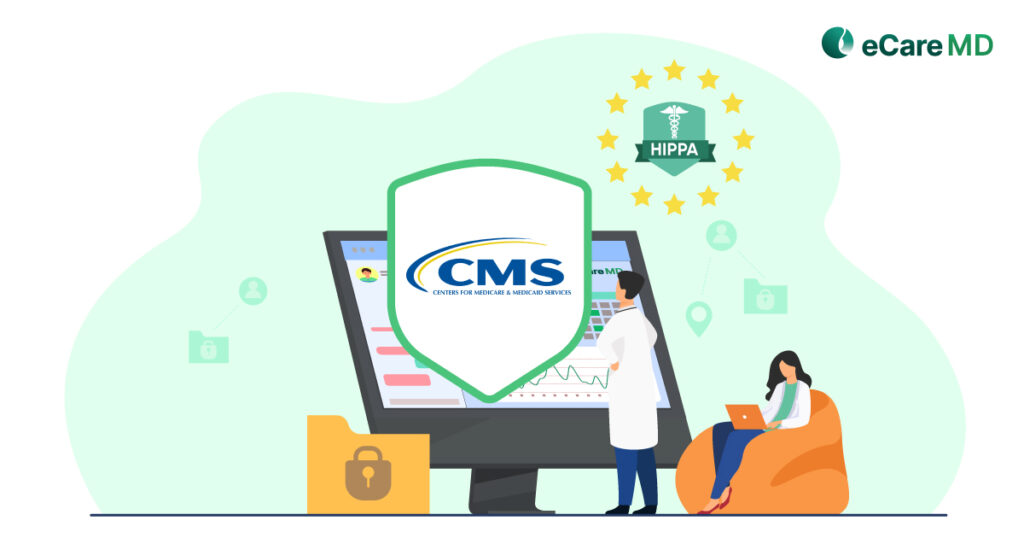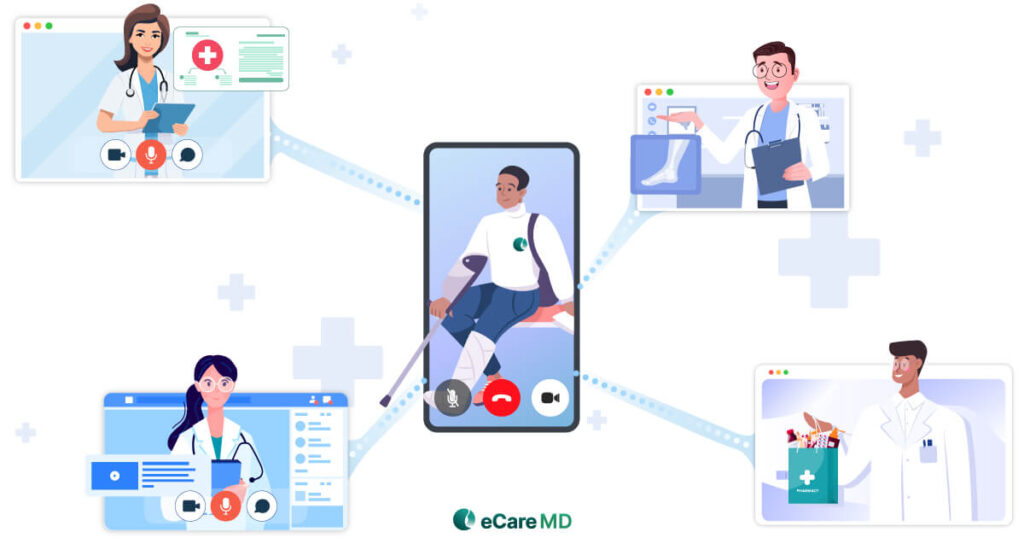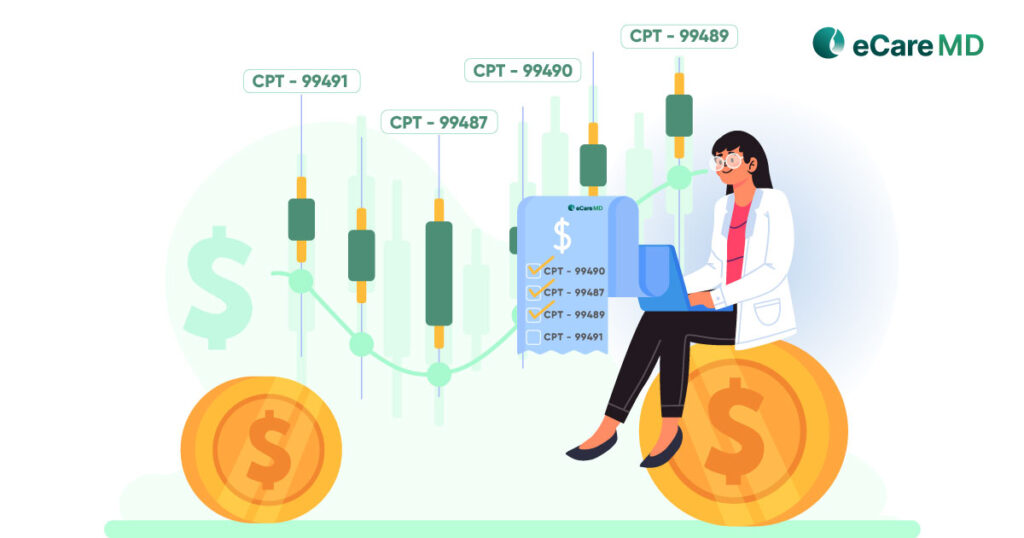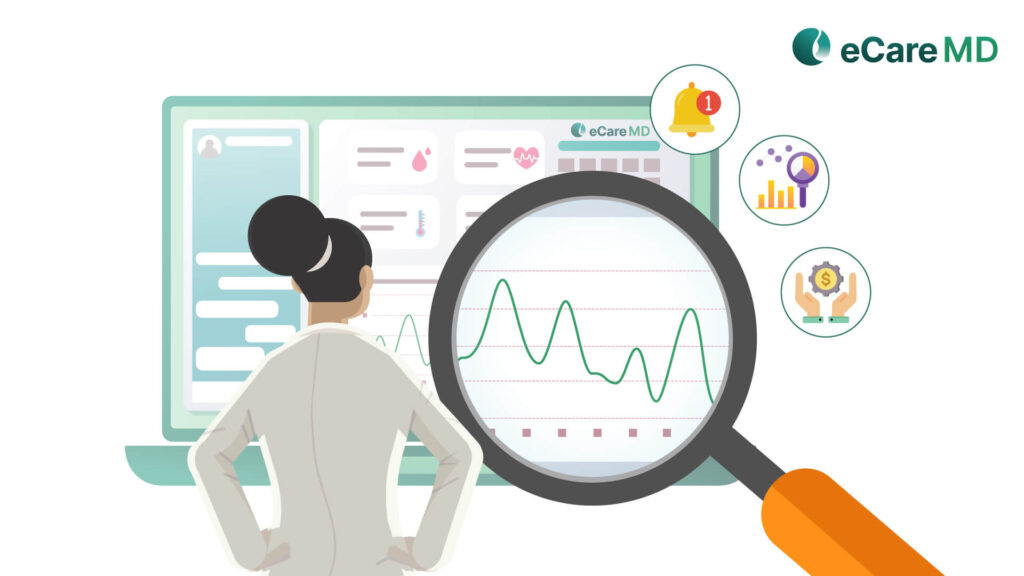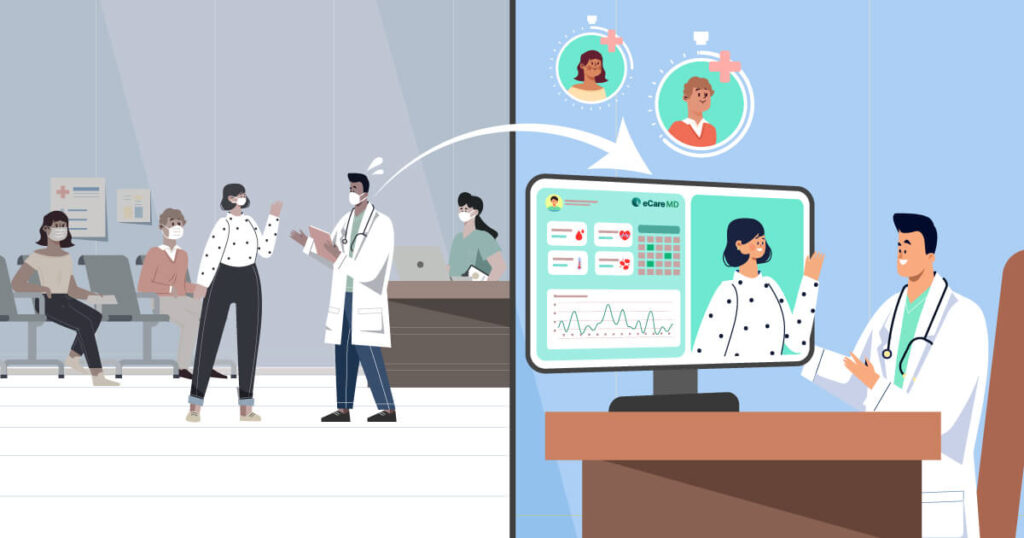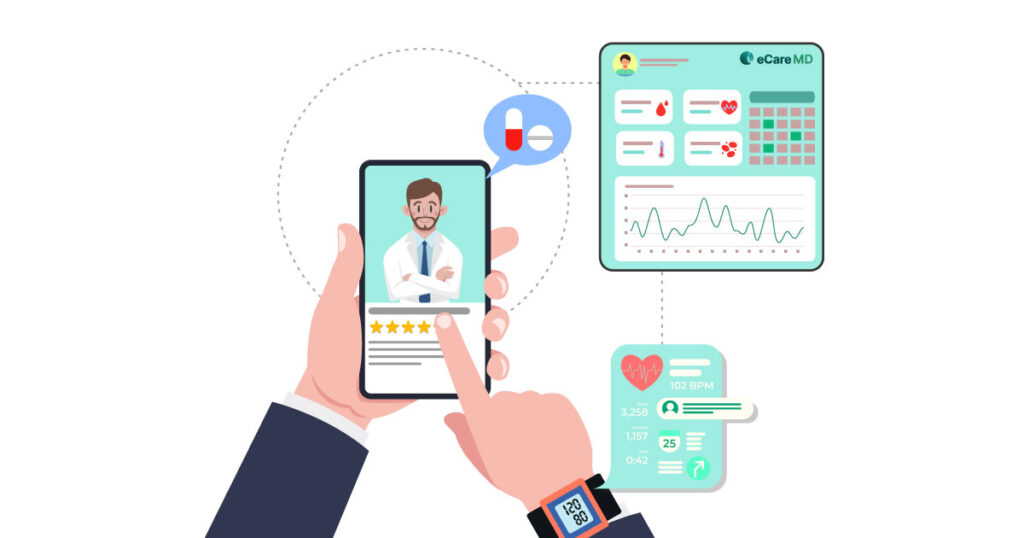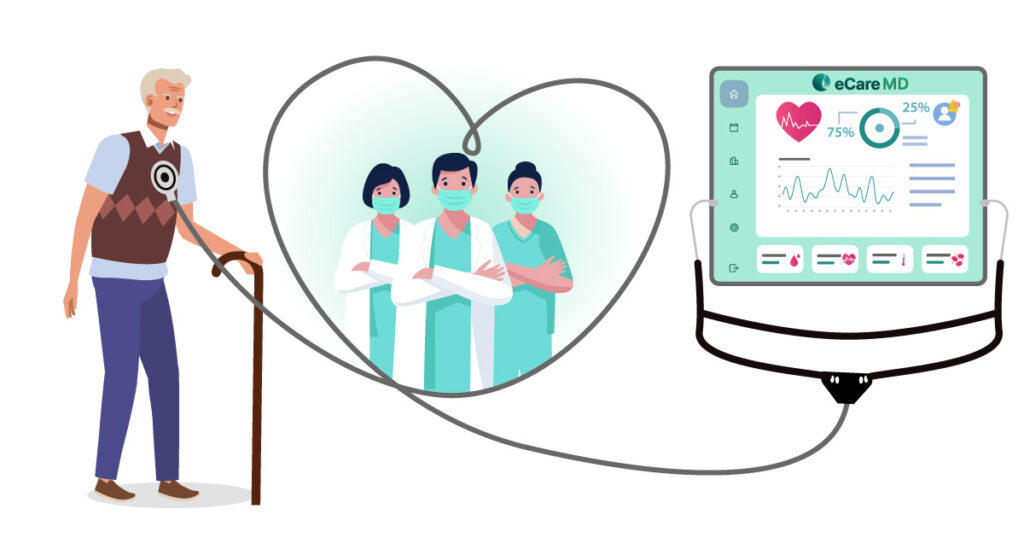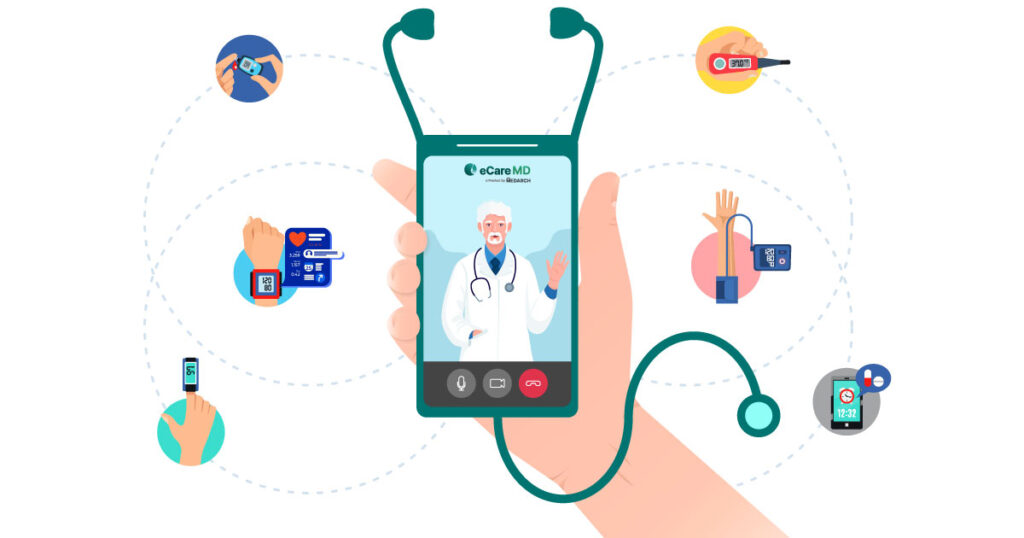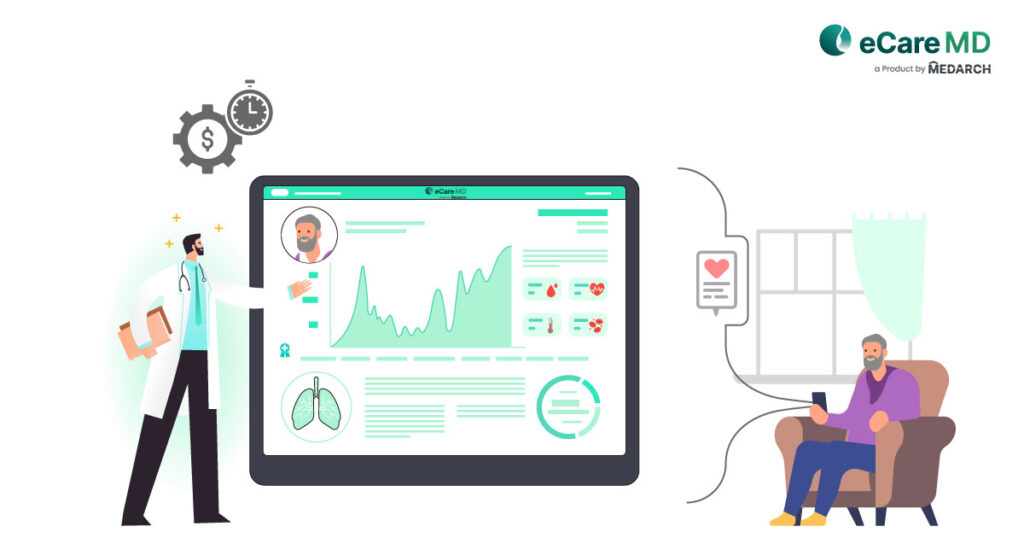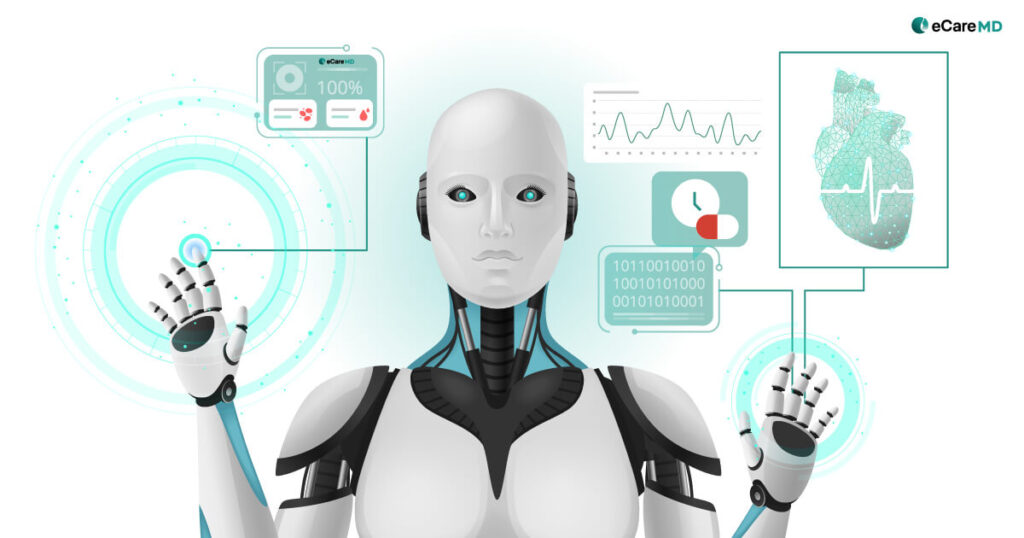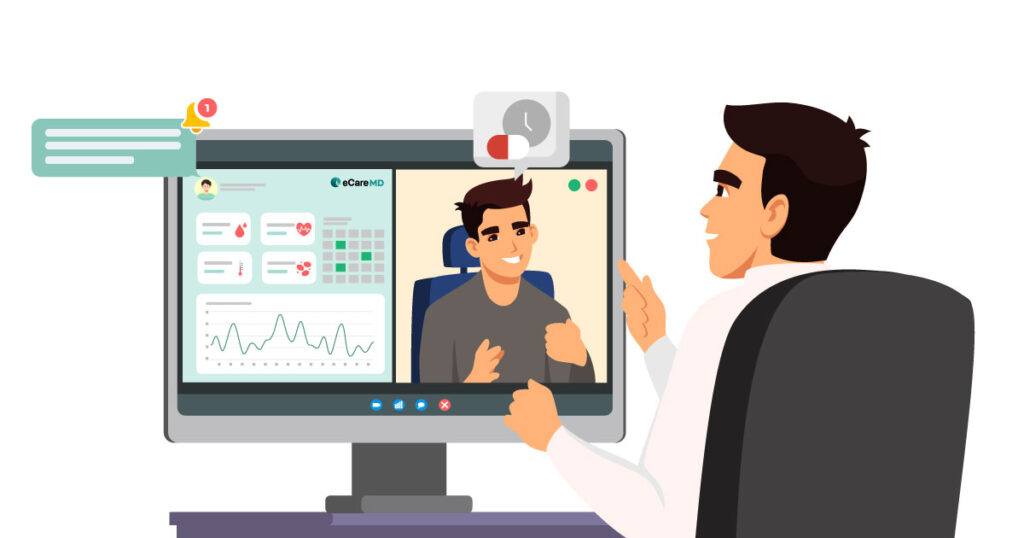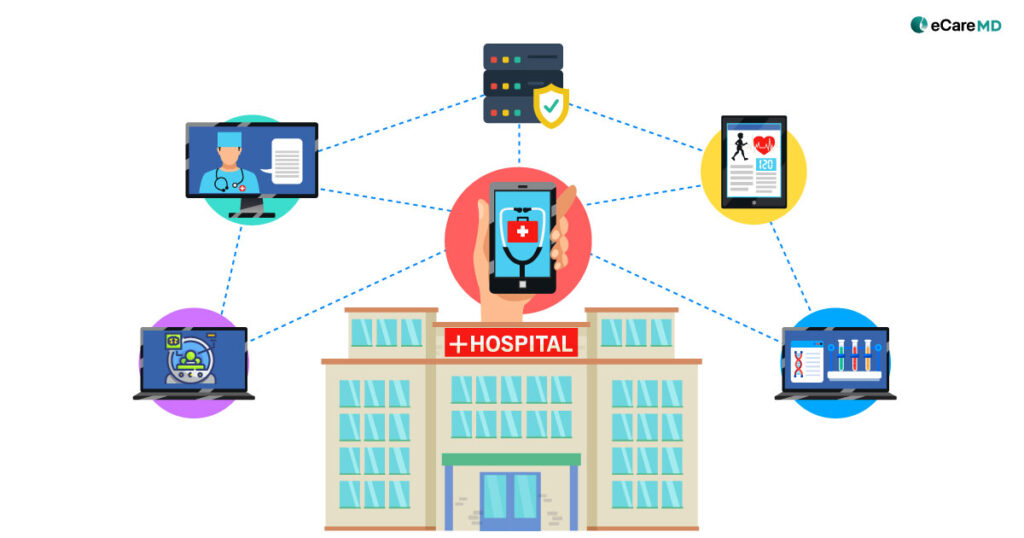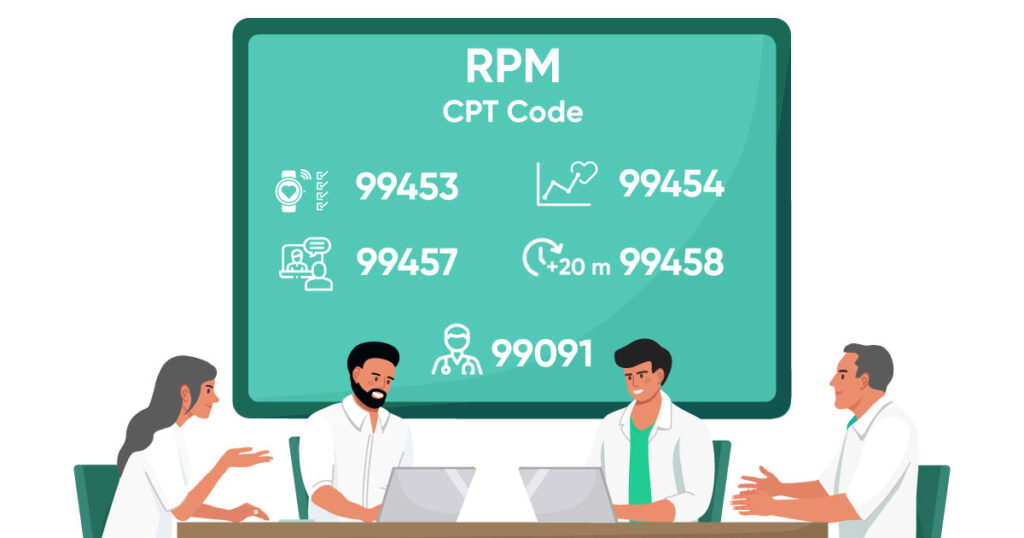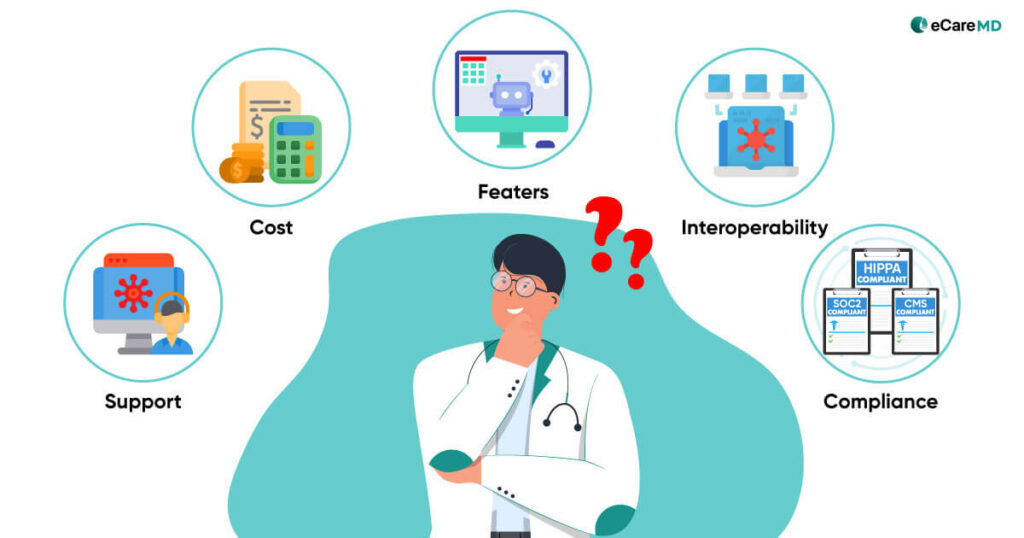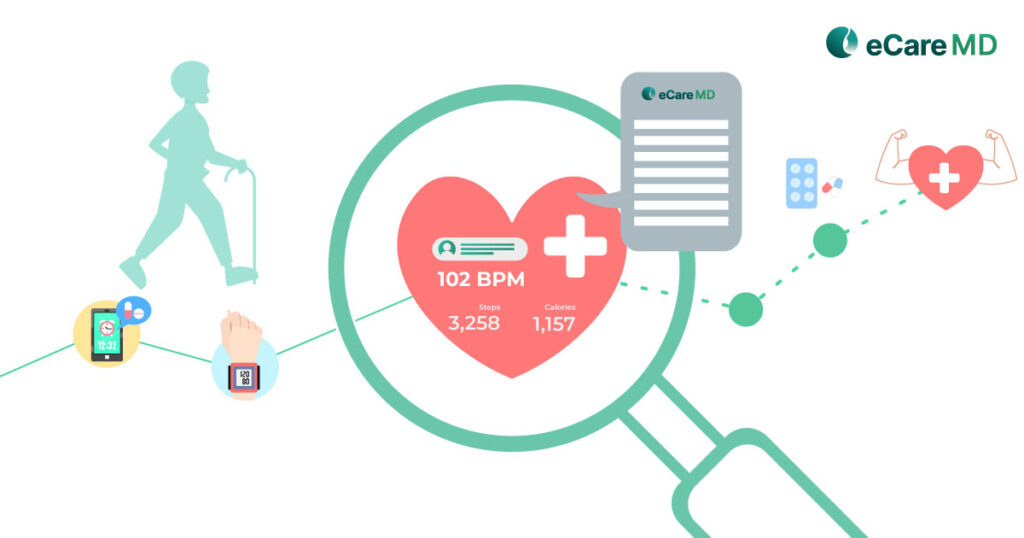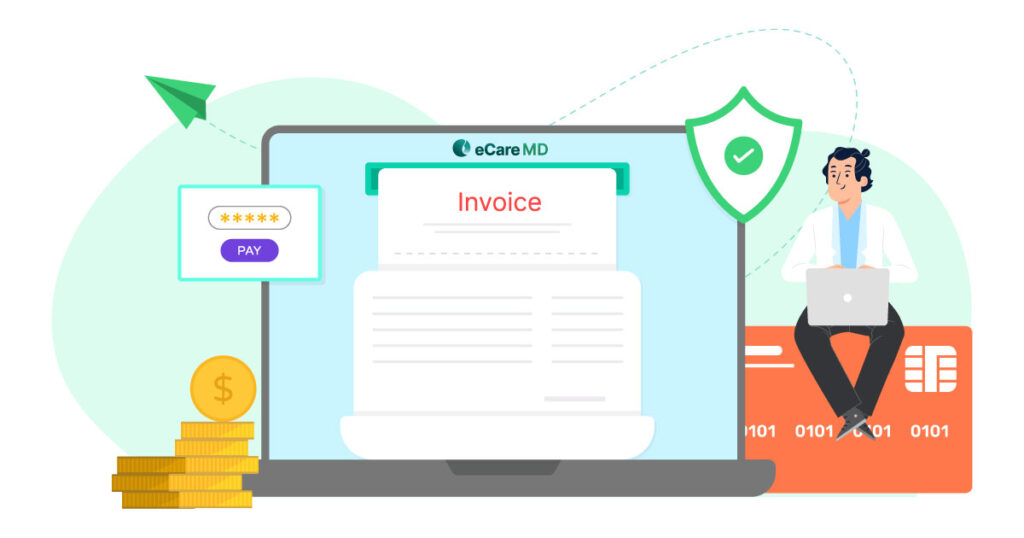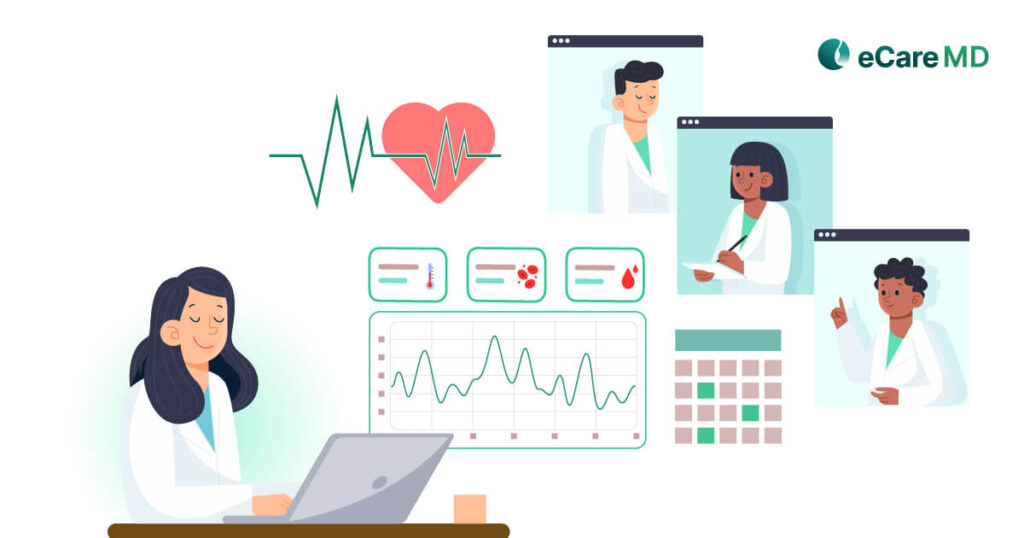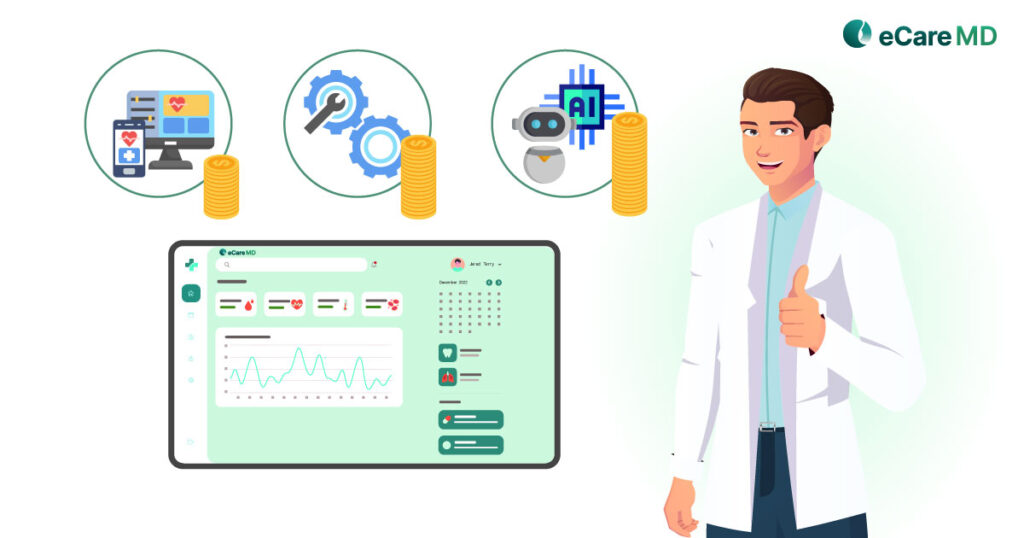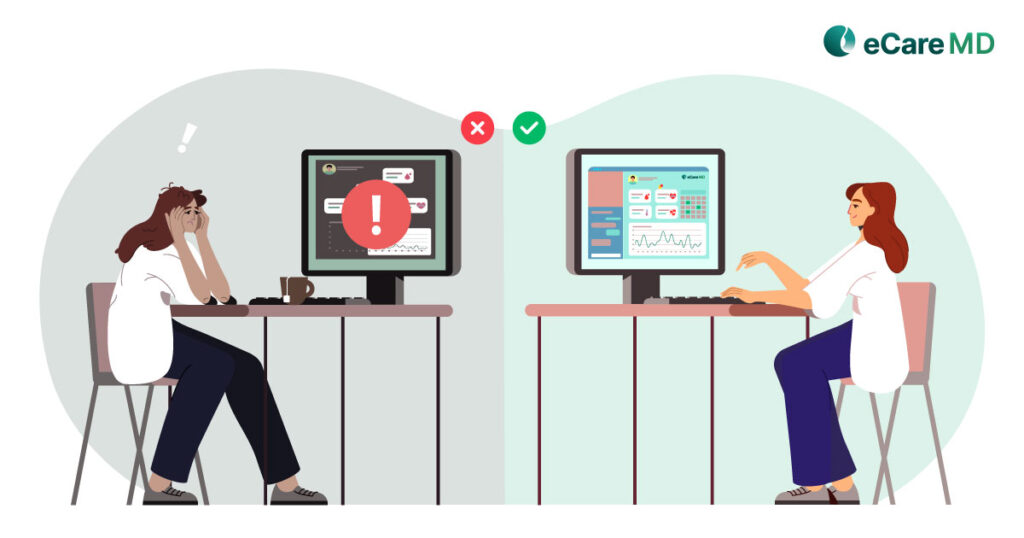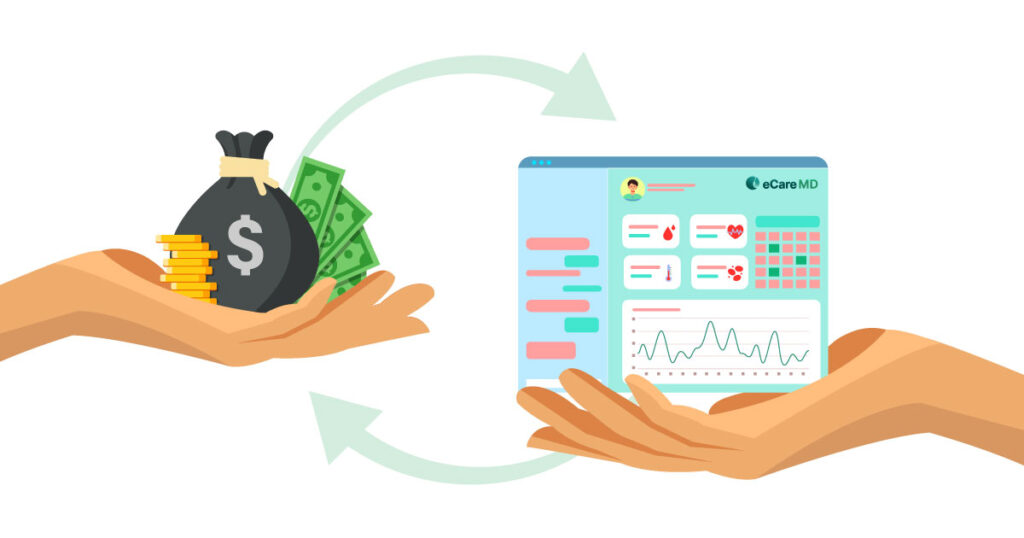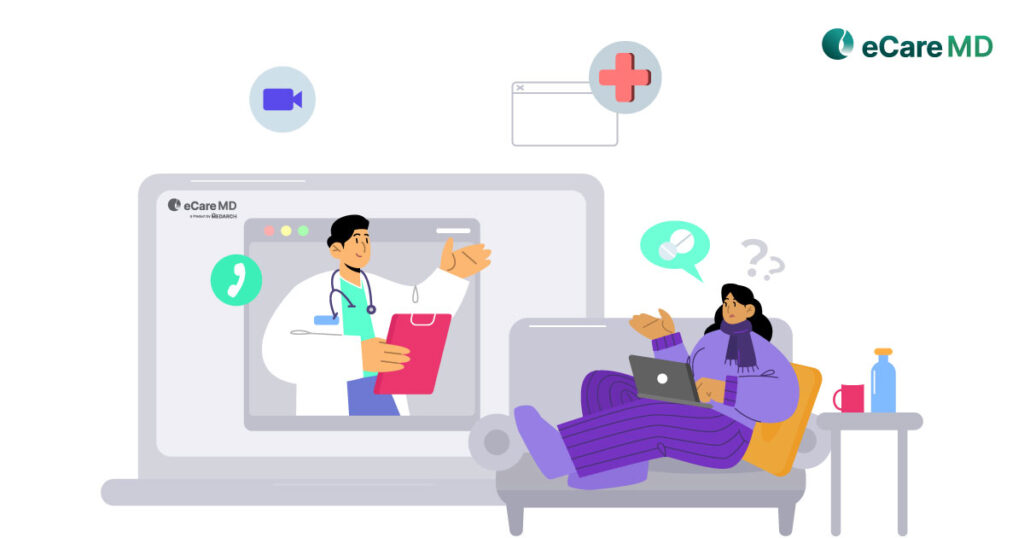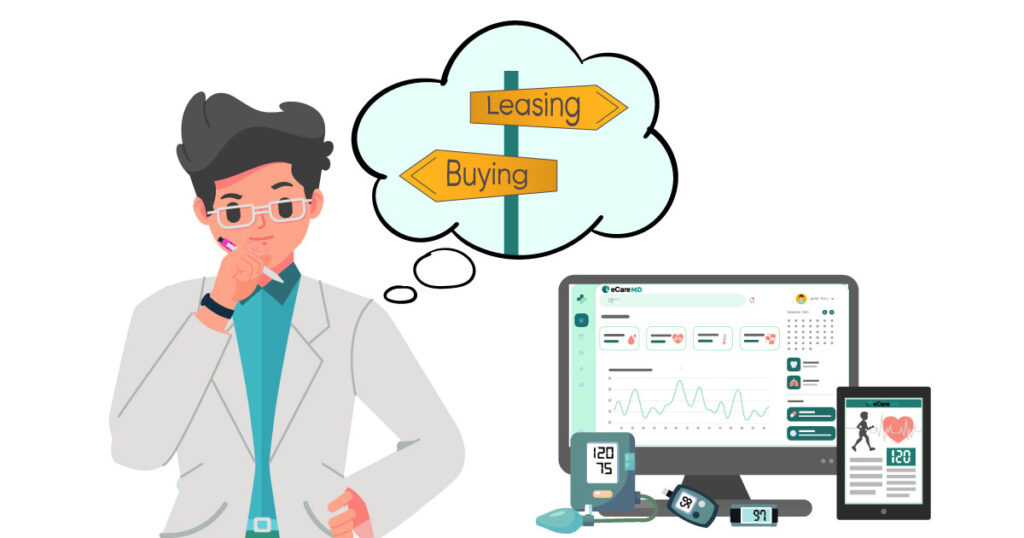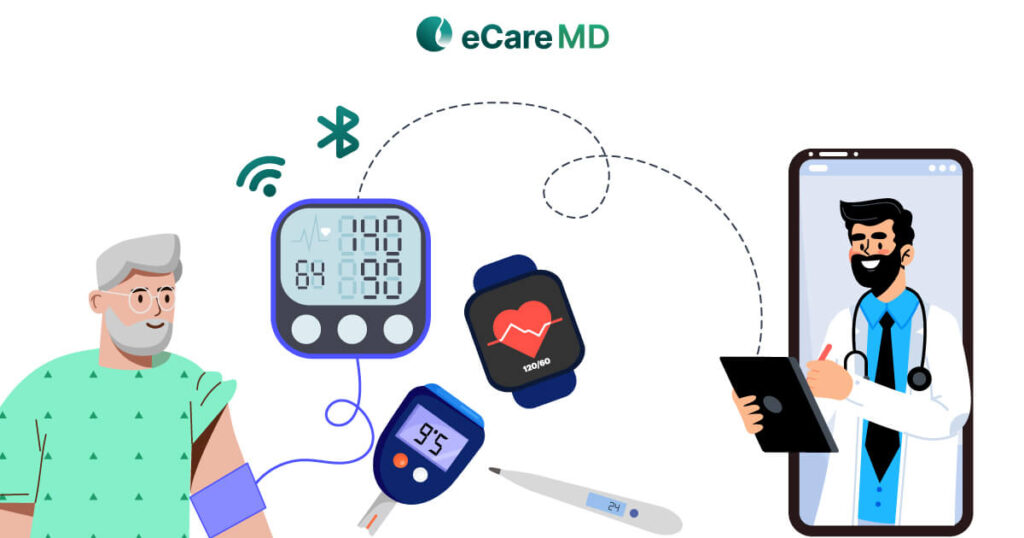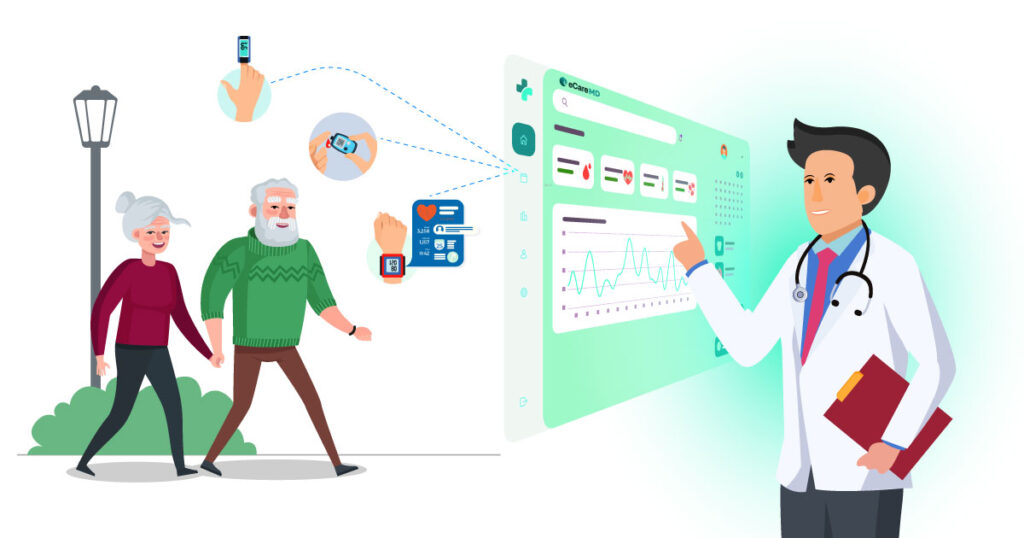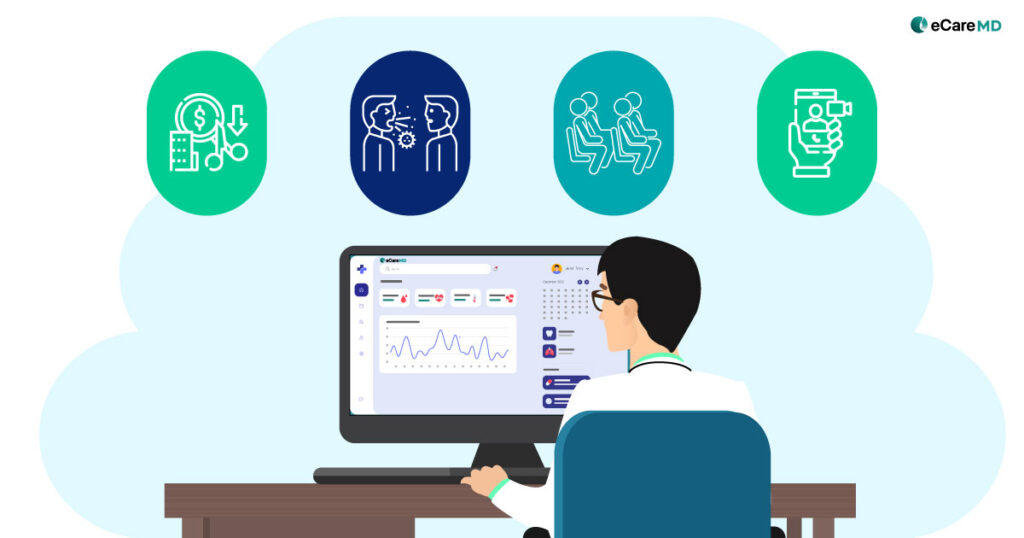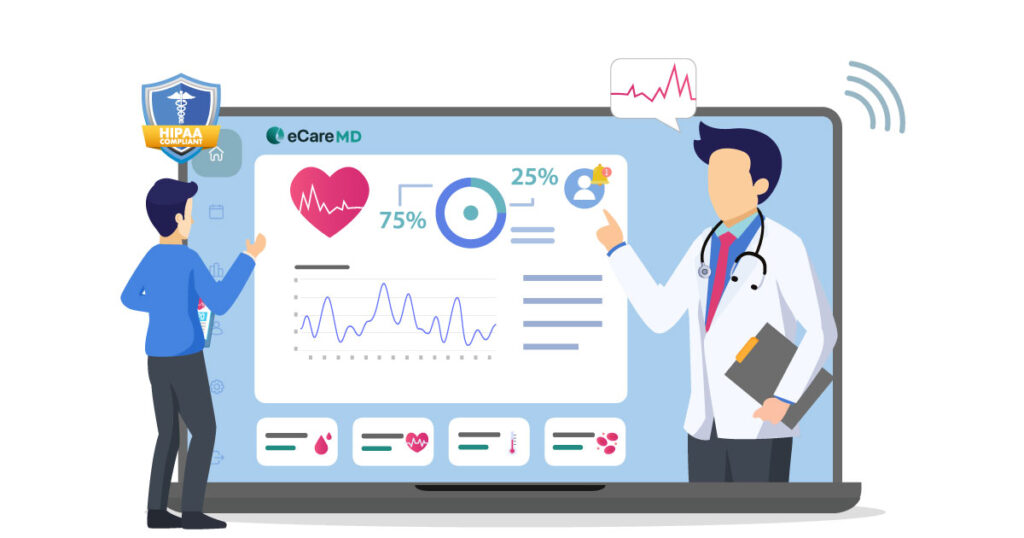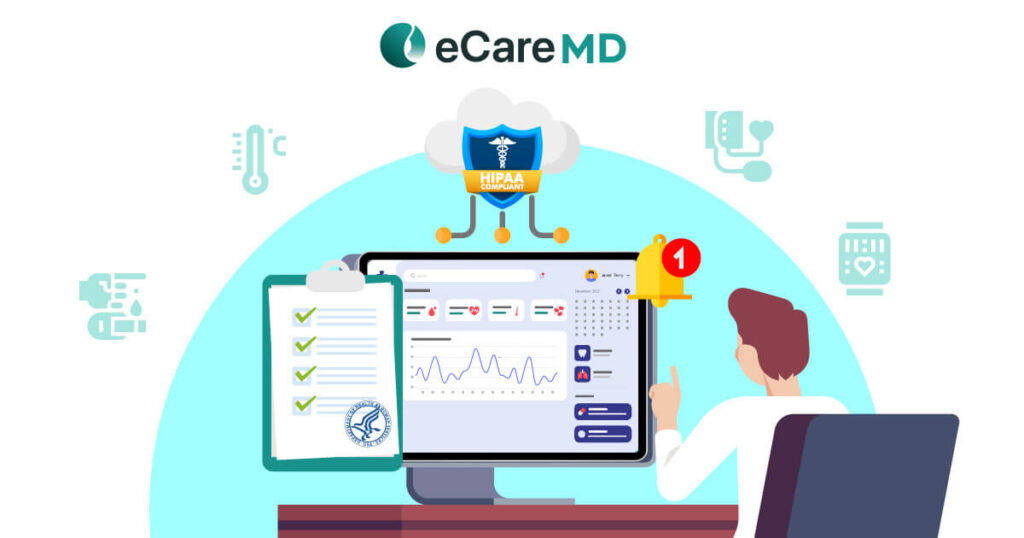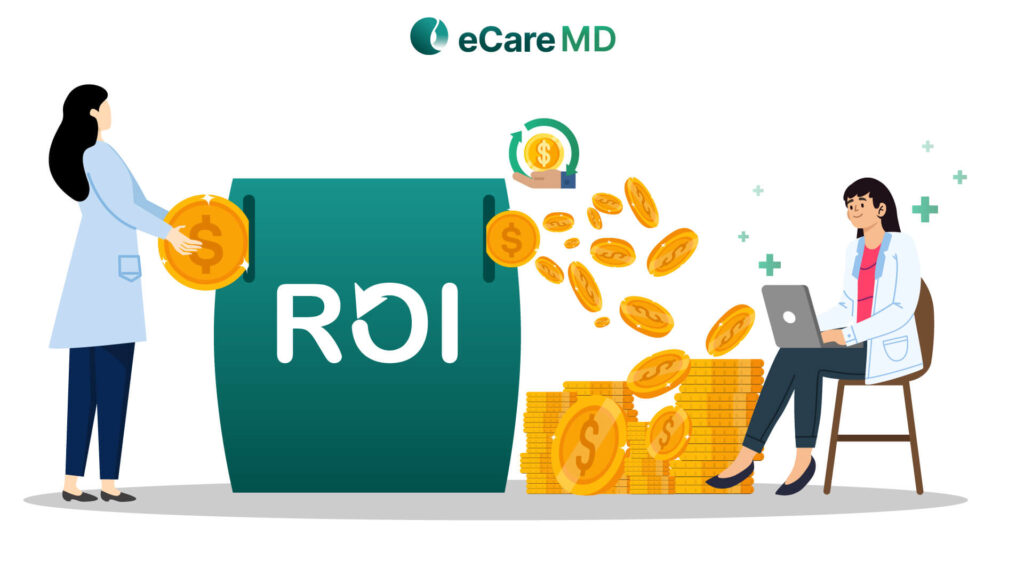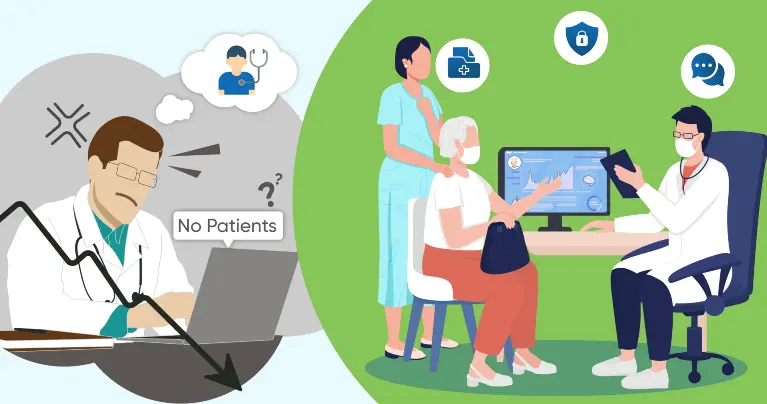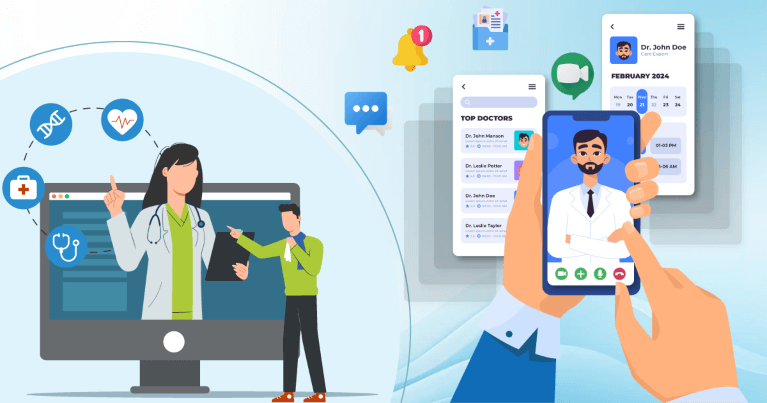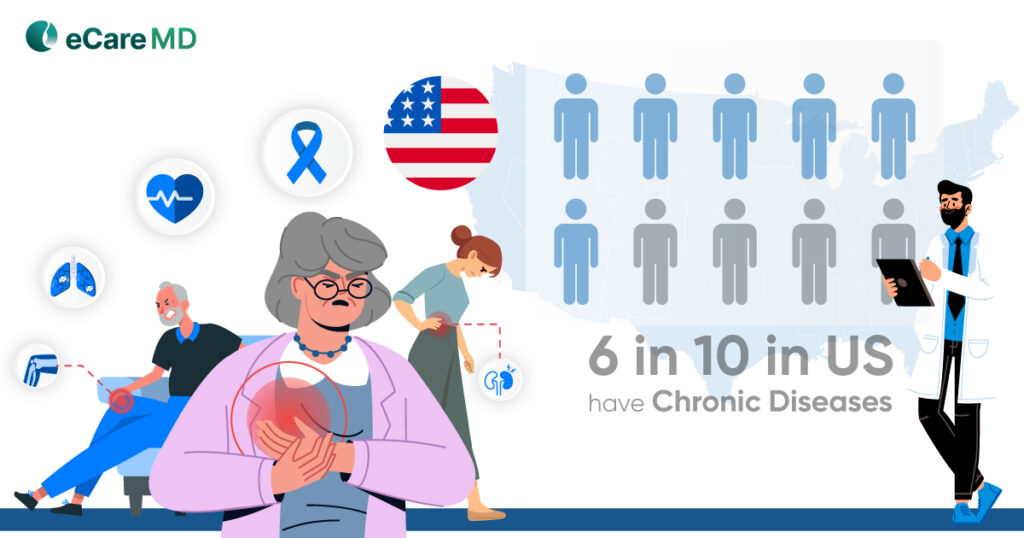The American Psychological Association did an interesting study about patient engagement. The study stated that patients who hug their doctors before surgery have lower anxiety and require less pain medication.
Well, the answer is right in front of you, hidden in the chronic care management software you’re using to provide healthcare services. But how can you use CCM software for patient empowerment?
Unlocking the Power of CCM Patient Engagement and CCM Patient Education
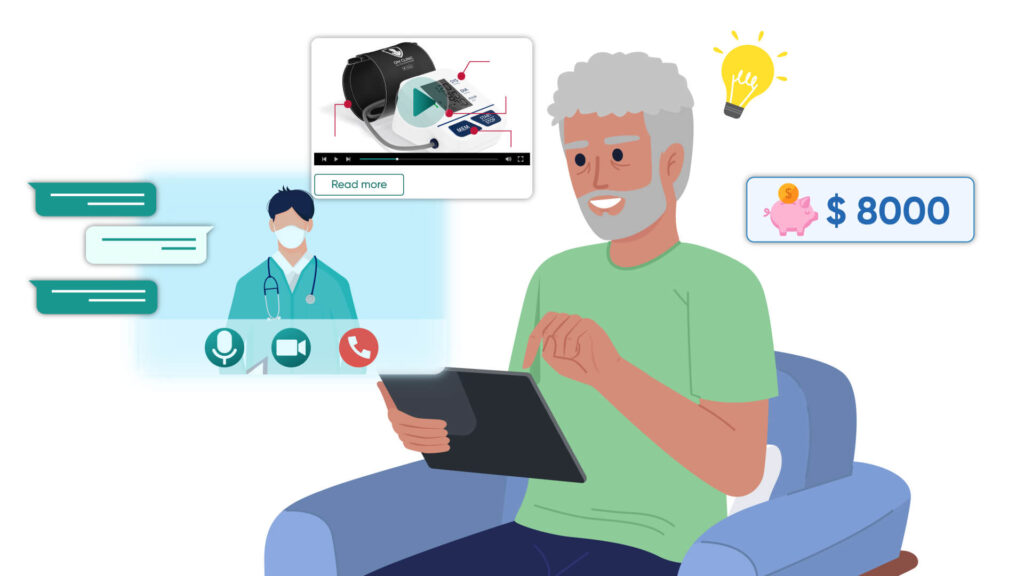
1. Shifting the Paradigm
2. Quantify the Impact
Well, here are interesting facts for you. According to the National Quality Forum, 50% of the patients engaged in their healthcare journey are likely to achieve their treatment goals and avoid hospitalization. Along with that, the Advisory Board suggests that you can help your patients save up to $8000 yearly with effective patient engagement and education.
3. CCM Software for Patient Empowerment
The chronic care management software comes with all the necessary features required for effective patient engagement and education. For example, the resource library can be used to create and share personalized condition-specific education material. Along with that, the two-way communication features within the software allow both providers and patients to facilitate interaction, leading to effective patient engagement with their care.
How to Empower Patient for Self Health Management with CCM Software
Download nowKey Features of Chronic Care Management Software
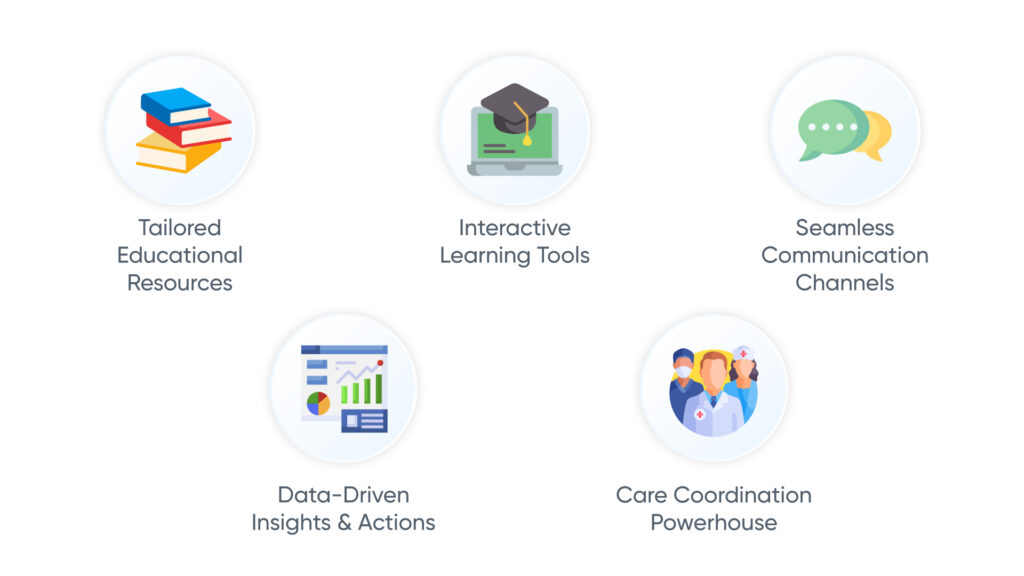
You must be wondering what features the chronic care management software has, enhancing patient engagement in CCM. The following are the key features that enable effective CCM patient education, leading to proactive CCM patient engagement.
1. Tailored Educational Resources
The chronic care management software provides a separate section for CCM patient education. Under this feature, you will find a library of specially curated disease-specific education material that you can share with your patients. Along with that, features like medication guides are also available to empower patients in better self-disease management.
2. Interactive Learning Tools
3. Seamless Communication Channels
4. Data-Driven Insights and Actions
One of the best practices for patient education in chronic care management software is data-driven insights and decision-making. Even this contributes to enhancing patient engagement in CCM by standing a proof of progress. The integrated data visualization and analytics provide both providers and patients a comprehensive overview of their health progress.
How to Use Data in From Your CCM Software
5. Care Coordination Powerhouse
Crafting Effective Implementation Strategies
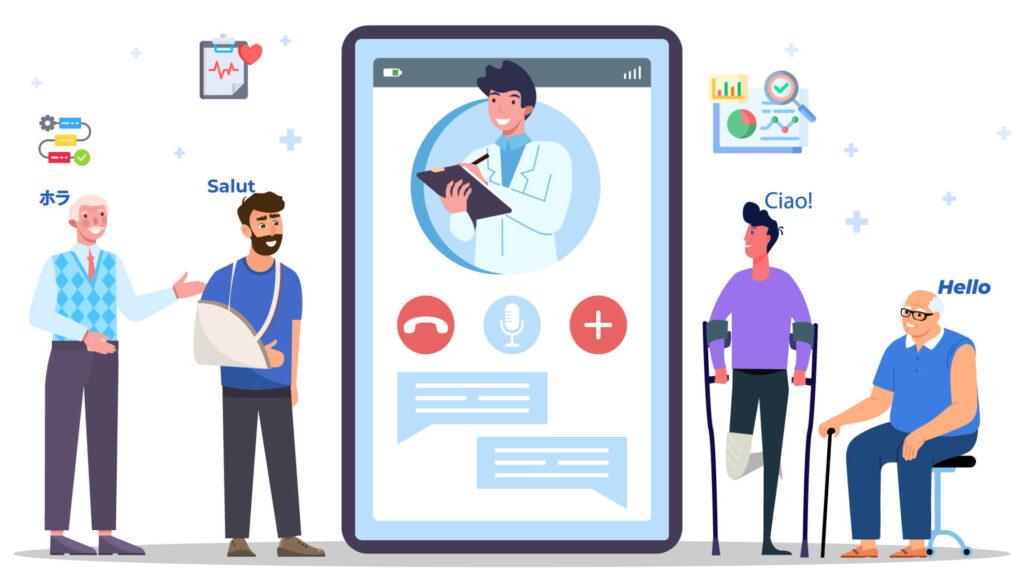
1. Understanding Your Audience
Before you start engaging your patient population with their care activities, it is important for you to know your patient population. Remember, people change after every mile and have a distinct identity. For this, you can briefly assess the individual patient’s needs and how comfortable they are with technology. Since 80% of patients are open to using technology to manage health, that won’t be a problem for you.
2. Content Personalization
3. Workflow Integration
4. Data-driven Optimization
The best part of using chronic care management software is that it brings transparency to data. You can utilize this feature to curate an effective CCM patient engagement process. Just like your healthcare staff continuously monitors patient health, all you can do is monitor patient engagement metrics.
Addressing Concerns and Challenges
Conclusion
Patient education and engagement are two of the crucial components that contribute to the success of your CCM program and the desired health outcomes. Furthermore, the ease and convenience the chronic care management software brings for the success of these strategies can be a baseline for improving patient health outcomes.
However, you should be careful while adopting and tailoring these strategies and integrating them into the CCM software. The best way to get better insights starting such initiatives is to understand the CCM software better and assess your specific needs with respect to the patient population, which is extremely important.
So, if you’re looking for chronic care management software for effective CCM patient education and engagement, click here to book a software demo.
Top 10 Patient Education Strategies for Chronic Care
Download Free GuideFrequently Asked Question’s
Chronic care management software can improve patient engagement by:
- Increased Accessibility and Communication
- Personalized Care and Support
- Enhanced Collaboration and Teamwork
Key features to look for in patient education in chronic care management software are:
- Content and delivery
- Targeted and personalized content
- Accessibility and engagement
- Mobile-friendly
- Gamification
- Pre-assessments
- Feedback mechanisms
- Translation tools
- Offline access
Chronic care management software helps in providing personalized care by:
- Analyzing patient data: Identifies unique needs and risks.
- Building modular plans: Select relevant interventions and goals.
- Setting individual schedules: Tailors reminders and monitoring based on progress.
- Tracking progress visually: Motivates patients with personalized data insights.
Here are two examples of successful patient engagement initiatives in CCM:
- Asthma patients who used a telehealth platform for their daily symptom tracking and medication reminders experienced a 30% decrease in hospital visits.
- Additionally, a diabetes app that gamified education by offering points and rewards for completing educational modules and tracking blood sugar resulted in a 25% increase in medication adherence.

